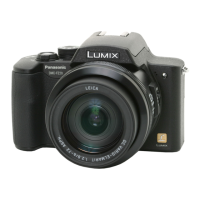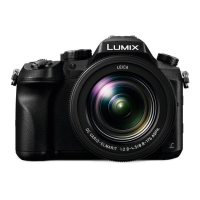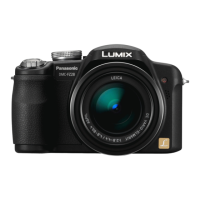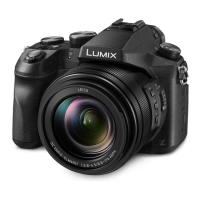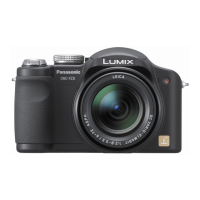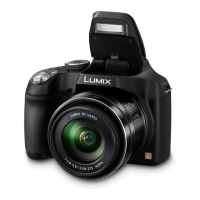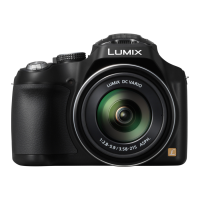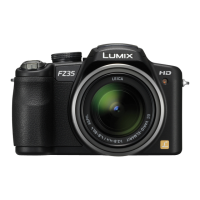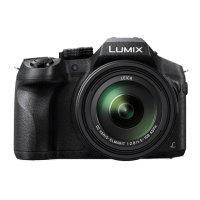181
Lighting for Video and Stills Photography
Quite often we will need to add some additional lighting to be able to
capture video with enough scene brightness to overcome some of the
issues with noise in low light video scenes, especially those with lots of
shadow areas.
You can spend a lot of money investing in a whole range of general
purpose and specialist lighting units for your video productions.
These can range from simple tungsten halogen lighting units to the latest
LED technology units.
Until recently correctly white balanced tungsten halogen lighting was the
“standard” for video lighting.
Today we have moved more into a situation where LED technology has
matured to a degree where it can be used quite effectively to provide the
main source of lighting for a video production.
Basically all white LED’s are blue LED’s with a coating of a yellow
phosphor. This combination allows the manufacturer to produce a LED
with a fairly close temperature rating equal to that of daylight at around
5600°K or tungsten at 3200°K by varying the amount of phosphor.
Until recently the spectral emission of these LED’s were deficient in red
light so there was an issue when trying to capture a scene and maintain
good color fidelity.
This low CRI (color rendering intent) has now been addressed by
producing LED light panels which have a mixture of LED’s in them, white
LED’s and Red LED’s in a ratio to bring the CRI to over 93 in some
examples. The closer the CRI is to 100 the better the resulting images
are, although the light spectrum is discontinuous and the RGB peaks
don’t exactly match the filters used over the sensor.
For home or amateur video production either the tungsten or tungsten
halogen lights can be used.
The LED’s have the advantage that they produce light a lot more
efficiently, nowhere near as much infra-red light is produced thus
keeping the operating temperature of the LED’s and housing units much
lower.
LED’s have the additional advantage that they can be powered by
battery power packs thus making them more suitable to providing a light
source where there is no access to mains electrical power supplies.
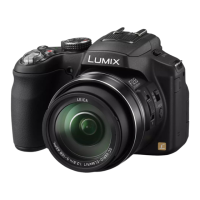
